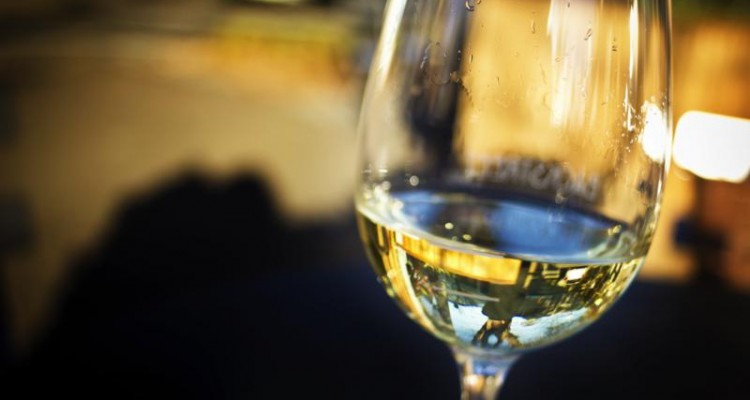
The golden nectar in a wine glass has a mysterious origin. Graševina is assumed to have come from Central Europe. Germans have called it Welschriesling since ancient times, which translates as “Romanic Riesling”, while most synonyms in Central Europe are variations on the name “Italian Riesling”. Historians assume that this wine variety found its way to our parts at the time of the Roman Empire. Yet, our name for it, graševina, suggests that it might have come from the Eastern part of the Balkans.
A modern interpretation states that the Welschriesling originated in the historical Champagne region in northeast France. From there it was supposedly brought to the Heidelberg wine region in Germany, and later transported to the rest of the lands of the Austro-Hungarian Monarchy. Be that as it may, graševina is today so common in Croatia that many consider it an autochtonous variety, and it is certainly one of the most popular white wine varieties in the region.
The most popular wine in Croatia
Graševina is usually hay-colored or has a yellowish-green crystal color, a pleasant fruit or floral aroma, a medium alcohol content, a pleasantly bitter taste, and already as a young wine it starts to develop a decidedly fresh scent and aroma. Being extremely fresh and suave has made it the most popular wine in Croatia. It can be served on any occasion, and it goes best with appetizers, pastas and white meat and fish dishes. It should be chilled to 8°C.
Depending on the region and vineyard, we can differentiate between the Erdut, Kutjevac and Ilok graševina.
The vineyards of Ilok
Ilok is the easternmost town in Croatia and it is famous for its finest quality wines. Wine has been grown on the gentle slopes of Fruška Gora since Illirian times. The Ilok landscape is dominated by the Danube and the rounded hills of Fruška Gora, which have been covered in vineyards since the times of the Roman Empire. In other words, the tradition of winemaking in this region goes back 1,800 years! Tourists can choose between many wine cellars in Srijem, whether they are dug into the hills or connected to houses. Their modern alternative are the vineries, which use modern technology to continue centuries of tradition.
Wine cellars are located closer to the center of the town and they are open to visitors, while the vineyards are located on the surrounding hills. The most interesting attraction in Ilok are undoubtedly the wine cellars built in the 17th century within the compounds of the Odescalchi Castle. They are by far the biggest wine producers in Ilok.
When it comes to white wines, graševina, chardonnay, pinot blanc, pinot gris, Rhine Riesling, silvaner and traminac (Gewürztraminer) are the varieties you can (or better yet, must) try and buy in Ilok. The same goes for the red varieties pinot noir, frankovka (Bbaufränkisch) and cabernet sauvignon.
Traminac is by far the best, and it is one of the best among all European traminers. This bold claim is supported by the fact that at the coronation of Elizabeth II it was the aromatic traminac from Ilok that was served! And even before that it was listed among the wines served at the British Court.
But this region has more cards up its sleeve: the graševina from the Ilok cellars was pronounced to be the official wine of The Brotherhood of the Knights of the Wine of Croatia in 2013! The Ilok graševina won this prestigious title in a competition with seventeen other wines, and it was tasted by no less than fifty experts. It was also awarded the gold and silver at a wine tasting in London.
Wine cellars and other tourist attractions are a part of the Ilok Wine Road, which has brought together local wineries since 2004. It includes the family wineries PZ TRS, Buhač, Čobanković, Dragun, Đerić, Knezović, Dolić-Kraljević, Stipetić, Kovčalija, Prokopec as well as many others. All a visitor needs to do is follow the signs and explore the wine route that starts in the streets of Ilok.